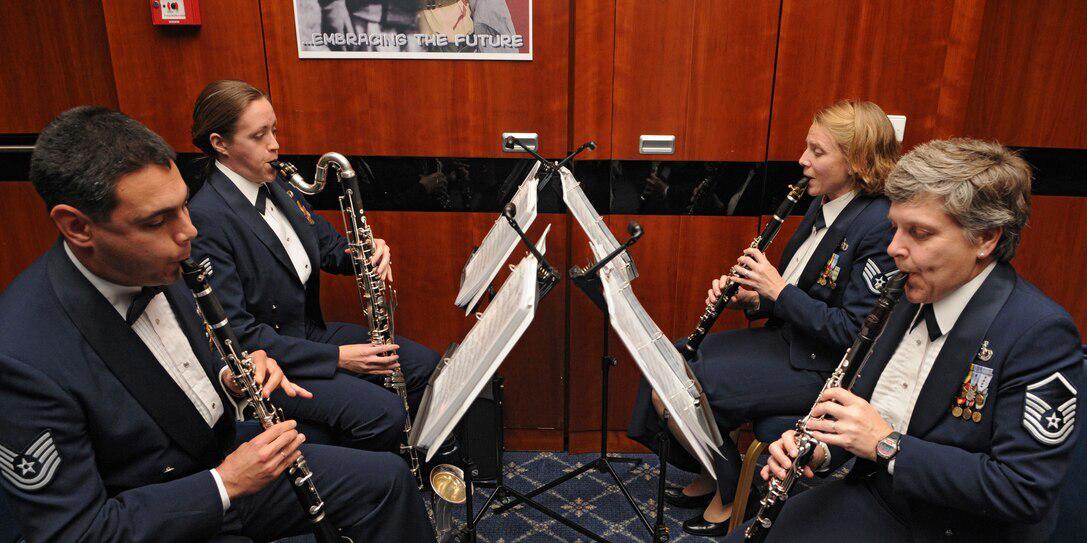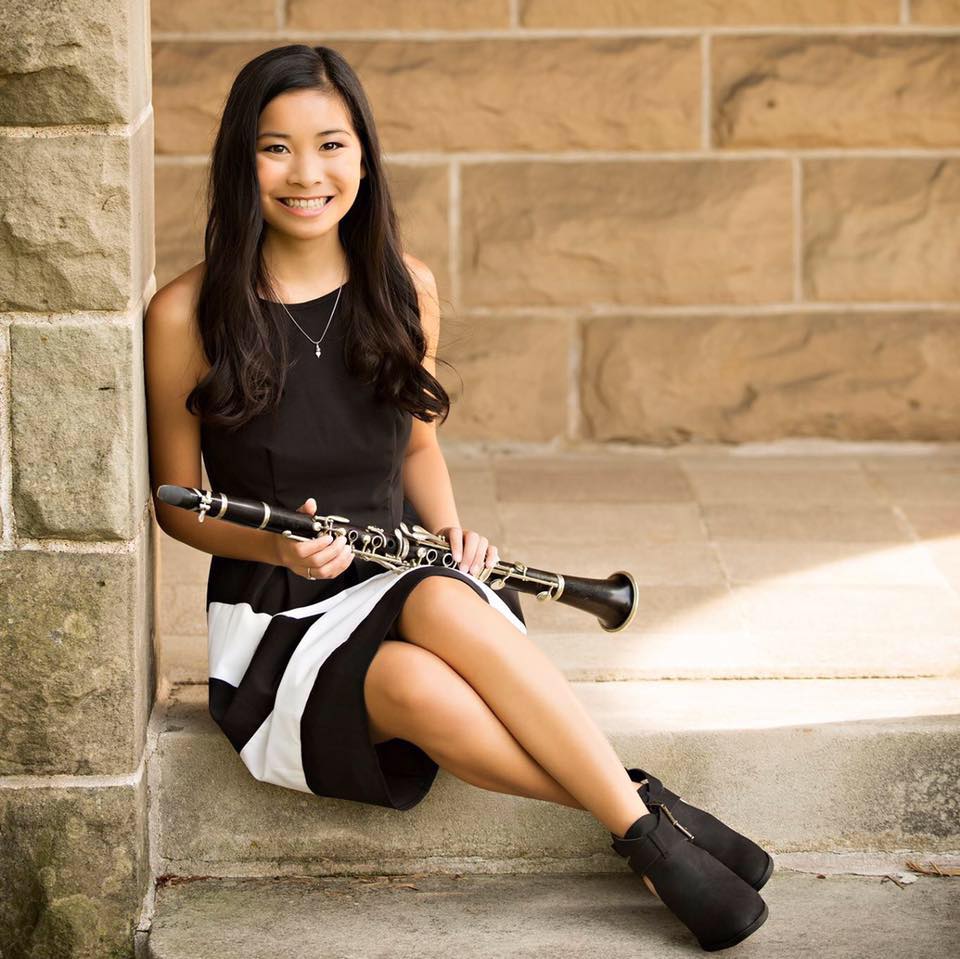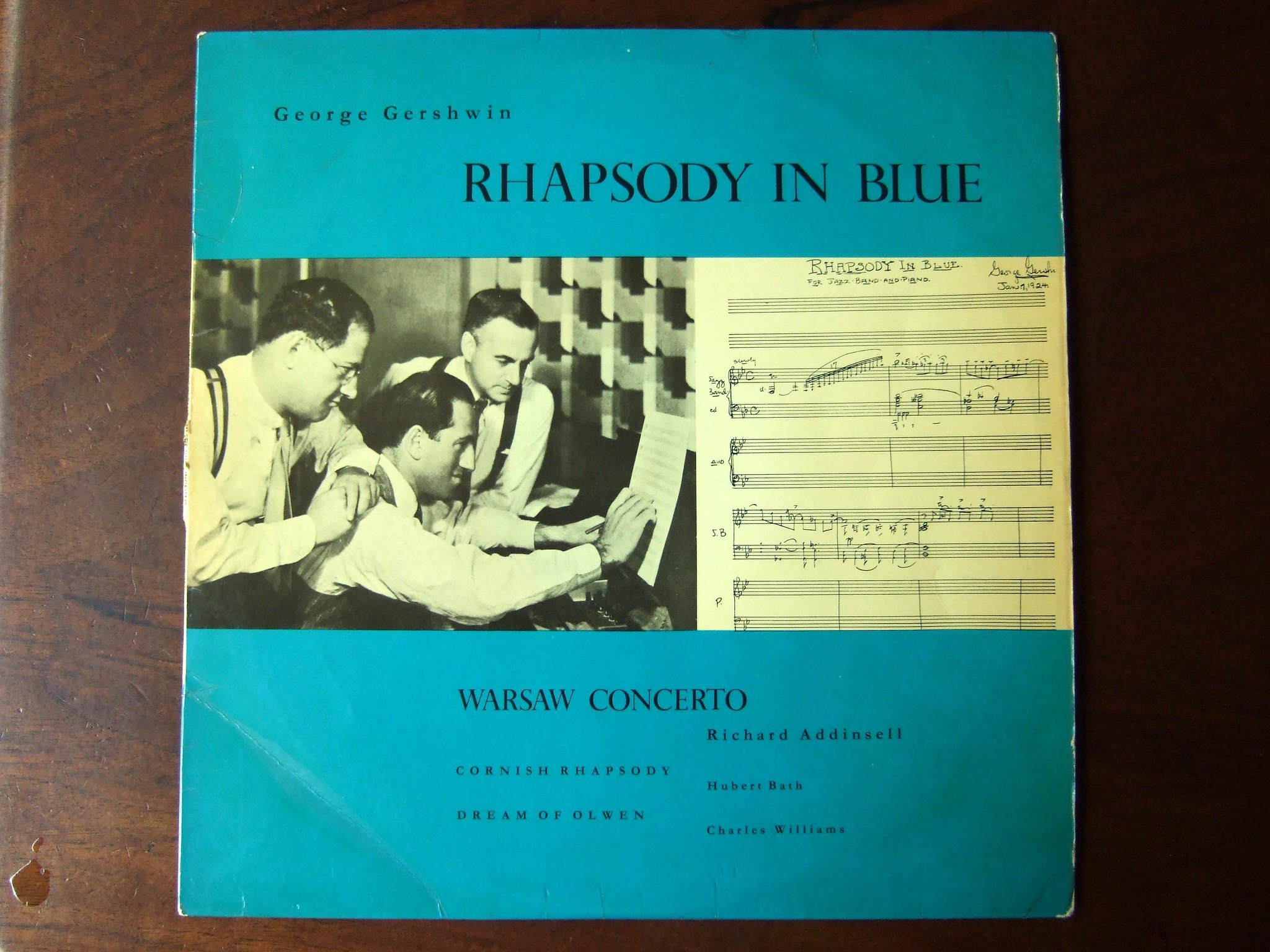Being a part of a clarinet quartet will benefit you greatly as a musician and as a clarinetist. A clarinet quartet is a form of chamber music. Chamber music is a form of classical music that is composed for a small group of musicians. Each musician has their part to play.
"Playing chamber music is a fundamental part of music education. Not only does practicing chamber music open up a diverse and expansive range of beautiful repertoire to explore, but it is also the most enjoyable way to practice music. Chamber music is a joy shared between equal partners who are working together to create a thing of perfection and beauty" by Earl Carlyss who was a member of the Julliard String Quartet and a faculty member at Julliard.
What is a Clarinet Quartet?
A clarinet quartet is a form of chamber music.
Four clarinetists are needed for a clarinet quartet.
As far as instrumentation, the most common is three Bb clarinets and a bass clarinet. However, different members of the clarinet family, such as an Eb clarinet or bass clarinet, can be added in if the score needs it.
The Benefits of a Quartet
I joined a clarinet quartet in my junior year of college. I had learned a lot from this experience that has made me a better musician, a better clarinetist, and a better music educator.
Listening
Before going to college, I was horrible at listening to other members of the ensemble. Aside from the concert band, being a part of the clarinet quartet helped me develop spectacular listening skills.
You might be wondering why we have to listen to other people while we play. In a clarinet quartet, our sound and intonation are very exposed since only four clarinetists are playing. For the most part, the four clarinets should blend in sound and intonation.
Furthermore, each line/part may have a different character or mood. It's important to hear the difference in each part. Hence, we must be constantly listening to the other three clarinetist's colors of sound, character, dynamics, articulation, and intonation. By actively listening while we play, we can hear problems and adjust quickly.
Intonation
While it is very important to be in-tune with the tuner, it is also important to be in-tune with the ensemble or the chamber group.
Because of how it is constructed, the clarinet tends to become sharper the longer it is being played. Certain clarinets will go sharp faster than others. Listening to a clarinet quartet that is out of tune is not pleasant, so it's important to always be listening to the intonation of the group and make adjustments as needed.
Communication - Verbal and Non-Verbal
Both verbal and non-verbal communication is the key to a successful clarinet quartet rehearsal and performance.
Verbal
During rehearsal, it's important that everyone feels comfortable communicating their thoughts, opinions, and constructive criticism. Each member will hear different things during a run-through or have different opinions about how to play a certain phrase. All of these ideas must be heard because it will benefit the group as a whole.
Non-Verbal
Non-verbal communication is extremely important. While you're playing, especially during a performance, you cannot talk to each other.
A common non-verbal movement is one clarinetist showing the prep at the beginning of the piece. Since no conductor is giving the quartet a prep for when to come in, someone in the quartet must do it.
To do prep, the clarinetist must first make eye contact with everyone to see if everyone is ready. Next, the clarinetist breathes in at the same tempo of the piece. A prep also sets the tempo for the piece. The clarinetist doing the prep should set the tempo in their mind and then breathe in at that same tempo. While breathing in, the clarinetist must also raise their clarinet. This mimicks a band director's baton.
At this point, the other three clarinetists must breathe and raise their clarinets too. The breath and the raising of the clarinet must all be at the same tempo.
The last step to the prep is to land on the downbeat in time and at the same time.
Make sure to practice the prep many times during rehearsal. In some instances, the music will need a cut-off cue as well. If a long note is being held at the end of the piece, one clarinetist must move their clarinet in a motion that has a clear stopping point to indicate the cut-off. This cutoff must be practiced before the performance as well.
Other non-verbal communication methods include tapping your foot to keep the tempo, eye contact, breathes, and subtle movement of the clarinet.
Non-verbal communication is very important for the quartet, but it should not take away from the visual aesthetic of the performance.
Leadership
In a clarinet quartet, there is no director. The four clarinetists must work together to accomplish their goals.
Each member of the quartet must step up to be a leader at different times. Having just one member as a leader is not as beneficial as it would be by having all four members being leaders. Each member may have different ideas and opinions, so it's important that everyone feels comfortable sharing their opinions, as well as have the opportunity to share their opinions.
Responsibility
You are responsible for your part. It is your responsibility to practice your part outside of rehearsal so you can come to the next rehearsal prepared. Three other members are counting on you to know your part and to play it well.
It is also your responsibility to be punctual to every rehearsal and performance.
Quartet Sheet Music
The first two clarinet quartet pieces are pieces I have played my junior year of college that I found very educational and fun to play.
Clarinet Quartet No. 1 by Osborn
Osborn's Clarinet Quartet No. 1 is an incredible selection for a clarinet quartet. The Concordia Clarinet Quartet played this selection in my sophomore year of college. They played all four movements at a clarinet studio and it was so fascinating to hear four clarinet parts blend so well together in each movement.
Towards the end of my junior year, my quartet started playing this piece. This piece strengthened my listening skills and my intonation.
Clarinet Quartet No. 1 by Osborn is a four-movement quartet piece. This piece will strengthen clarinetists' technical and lyrical skills. It also challenges the clarinetists to see how well they can play their part, as well as blending their part in with the three other parts.
Movement One: Moderate
Movement Two: Scherzo
https://www.youtube.com/watch?v=wnikYjzPryI
Movement Three: Freely
https://www.youtube.com/watch?v=zelETkJhzbU
Movement Four: Dorian Dances
https://www.youtube.com/watch?v=ue-aagg0OXw
Canzonetta Clarinet Quartet
The Canzonetta by Felix Mendelssohn is a very fun clarinet quartet piece to play. I played this piece in my junior year of college with my quartet and I learned a lot from it.
The melody gets passed around to each clarinetist throughout the piece. I learned how to figure out when I need to bring my part out and when to blend into the background.
Fun Clarinet Quartet Pieces
Mamma Mia for Clarinet Quartet
Viva La Vida - Cold Play - Clarinet Quartet
Bohemian Rhapsody For Clarinet Quartet
Closing Thoughts
Clarinet quartets are a great way to improve many aspects of your clarinet playing. Even if it is just for fun, I highly recommend playing in a chamber group during your journey as a clarinetist.





